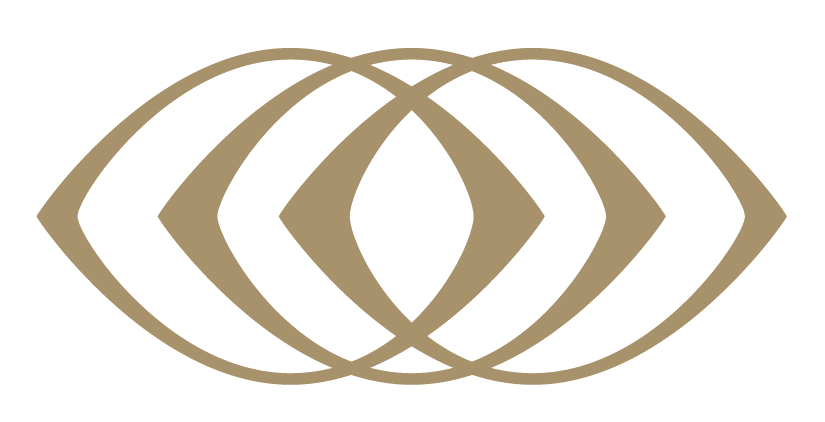PRP for Hair Loss – How it Works
PRP (Platelet Rich Plasma) for hair loss is a fascinating treatment that not only works but uses your own blood to help promote hair growth. We sat down and chatted with Emily Sanders, Nurse Practitioner at Artisan Beauté to get her to demystify PRP and tell us how it works for hair loss.
It’s actually surprising how common hair loss is in women. More than 50% deal with it at various times in their lives. And the reasons for hair loss are varied. Hair loss can be caused by stress, genetics, hormonal changes, among other things. At Artisan Beaute, we’re anecdotally aware that more women seem to be struggling with hair loss as a result of the pandemic.
Emily, tell us how does PRP for hair loss work?
Well, when I tell you the process, you’ll see why some people call it “The Vampire Treatment.” I am not a fan of that spooky phrase so I just call it “The Liquid Gold Treatment!”. Here’s how PRP works. I take a small amount of blood (usually from your arm).That blood, now in a vial goes into a machine which spins it down and literally extracts the nutrient rich part of your blood - also known as PRP. I then inject this nutrient rich blood back into the area of your scalp where you are experiencing thinning. That enhanced, PRP rich serum promotes collagen, elastin production, increases circulation, activates the hair follicle and stimulates growth. That’s why I call it “the liquid gold” because it’s the gold standard of treatment for hair growth and stimulation.
Who’s a good candidate for PRP?
Honestly, anyone who is concerned about thinning hair is a candidate. However, the earlier you treat the better! If you’re seeing the tell-tale signs of hair loss (significant loss in volume, seeing more hair in your brush, visible loss on the scalp, thinning) I recommend you don’t wait long to explore your options. I’m definitely seeing more stress induced hair loss, COVID-related thinning, peri-menopausal hair loss and, of course, post-pregnancy hair loss.
What’s the Procedure Like?
Well, the truth is our scalps are relatively sensitive. The scalp has more blood vessels than any other area of your body and lots of nerve endings. I won’t lie, the procedure is spicy, but bearable. That’s the downside. The upside? It’s relatively quick and there’s virtually no downtime. Depending on the degree of thinning or area treated, you will have multiple injections. You’re going to feel a stinging or slight burning sensation upon injection which fades within seconds. I really listen to my patients and try to understand their tolerance for pain. Some patients want me to get it done as fast as possible. With others, we use Pronox gas for comfort. The whole procedure of injections takes no longer than 10 minutes!
How often should one do PRP?
A good base line for getting started with PRP and seeing results is to plan three treatments spaced four to five weeks apart. Assuming you want to maintain those results and that growth, I recommend a follow- up treatment every 6 to 12 months.
What do you wish Your Patients knew about Hair Loss?
Oh, I really wish more of my female patients knew about PRP for hair loss and I wish they came in earlier so we could get ahead of the problem. Unfortunately, far too many women have no idea that there are options like PRP. Also, women are embarrassed by thinning hair. Hair is so much part of our identity. Hair shedding can be very emotional and I get that. That’s why I remind my patients just how common it is and that there is a solution in PRP.
What else can women do to prevent hair loss?
Good question. Ideally, we want to get to the root of the problem (no pun intended)! We carry Nutrafol supplements at Artisan Beaute and they are multi-targeted, all-natural, and backed by science! These are the best and most effective oral supplement on the market for hair growth. I do recommend my patients do it in conjunction with PRP because Nutrafol helps optimize results.
Anything else you want to add about PRP and hair loss?
Just that I understand how vulnerable women feel when their hair starts thinning. PRP is truly a viable option for thinning hair. I get joy in helping my patients get beyond hair loss and focus on their natural beauty. That brings me joy.

